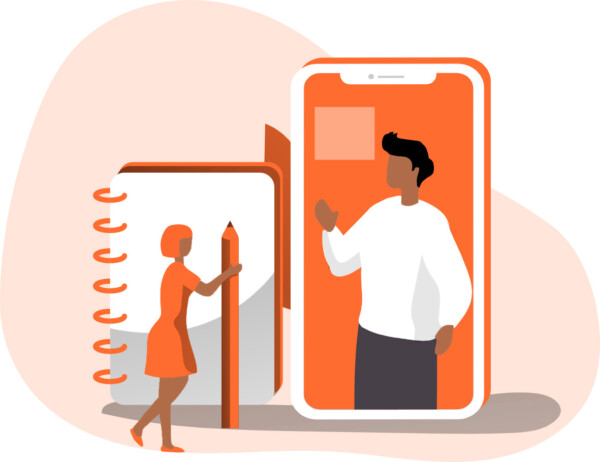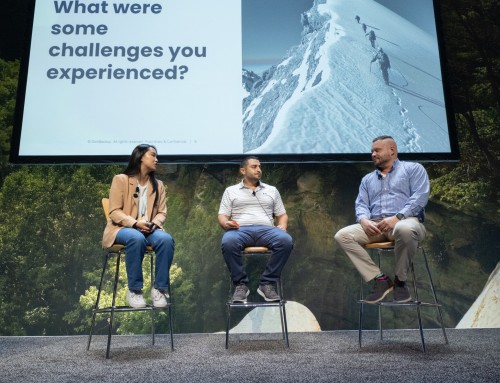
With the world moving towards a more virtual, online presence, the capabilities to have an at-home production have come a long way. Live streaming used to be a very limited and complex process that often yielded low-quality results. Now it’s become easier than ever, but understanding everything that goes into it can still be overwhelming. So we’ve decided to put together a guide for beginners that provides an overview of the set-up. Afterwards you’ll have a better idea what you need to get started and whether it’s better to have a professional help you out.
Pre-Production
First ask yourself, what is the goal of the live stream? Everything else should be based around this in order to get the maximum effect from your production. Sometimes it’s better to just pull out your phone and start streaming to Facebook or Instagram live to get an intimate, active look into an activity. But other times a high-quality studio production is the better fit, especially if you’re presenting to a professional crowd and want to look the part. These questions are important to keep in mind when starting the process, so think of the effect you want your live stream to have on your audience.
Production Set-Up: Lights, Camera, and Audio
At this stage, once you know the goal of your live stream, you want to assess the level of production. Is it just a talking head presentation? Are you mobile and will you be moving around? This in turn will give you more direction on other decisions down the line. Here is a list of the equipment you’ll want to decide on for your production:
- Number of cameras and angles – Decide if you want it to be interview style, have wide shots of space/environment, mobile shots in motion to capture the action, or have panning shots to cover multiple key individuals.
- Mobile devices – They’re so easy to use and set up nowadays. But it has its limitations: you’ll need good internet, likely an external microphone to capture good audio, and to mount it or keep a good line of sight on the subject.
- Professional video cameras – These cameras will provide high-quality feeds. Most modern DSLRs and Mirrorless cameras have excellent video capabilities that will suit your needs.
- HDMI vs. SDI video outputs – SDI is usually more professional because it uses cables that are locked into the inputs and won’t fall out, which is especially important when you need to move the camera a lot.
- Internet – If you want high quality feeds, you will need high speed internet so make sure you know the speed of your internet connection. There’s also the option of using a wired or wireless connection for your stream.
- Audio – You can use an on camera microphone like RODE, or a detached microphone that connects to your camera or computer with a cable (USB or XLR).
- Lights – One of the most important aspects in production quality is to have adequate lighting on your subject. It makes a big difference when you see a video where the subject is clear and spotlighted versus one where they just blend into the background. It just makes it pop and appear more professional. We would typically use continuous light sources set up on a tripods.
Streaming Software
We use software that can provide titles, graphics, and overlays in real time to give it a high-production feel. These production elements can certainly make your stream stand out more because it improves the viewer’s experience. But they do require a certain amount of manpower, so it’s not absolutely essential.
A video switcher for switching between cameras is also an option but requires you to purchase the software, which can get very expensive, and have a dedicated person managing the feeds.
Broadcasting
So where exactly would you broadcast your live-stream?
To broadcast, you can use simple set-ups (if mobile) that stream directly on your preferred platform, but it can only be one platform at a time since that’s all the technology allows.
At Orange, we’re able to connect the stream to multiple outlets at once using established software. This is called simulcasting where you can live stream to multiple destinations simultaneously and is a great way to grow your audiences and viewership. The main ones include social media networks like Facebook, Youtube, and Periscope. But they can also be posted on your website and Zoom. In this case, the video cameras must be plugged into a hub (computer or separate hardware) and accessed by the software for encoding the video files and distributing the content across multiple platforms.
Managing Video Assets
Always remember to record your broadcasts because it can be very useful for the future. Recording them makes it evergreen and reusable so it increases the ROI. You can edit them to improve the quality, upload them to a host (your website or social outlets) for on-demand playback, or you can cut them up into little clips and use them in a social media campaign or promotional video.
Storage and delivery – At Orange, We store all of our video assets onto an online cloud so we can access them from anywhere. Finished versions are then uploaded and sent to clients via a direct link while also uploaded to Vimeo for clients to and any participants to see.
Conclusion
So there you have it! This is just a basic overview of what goes into a live stream production. But if you want to get more into the details of the equipment and processes, feel free to contact one of our specialists and they can explain the process to you more clearly.





